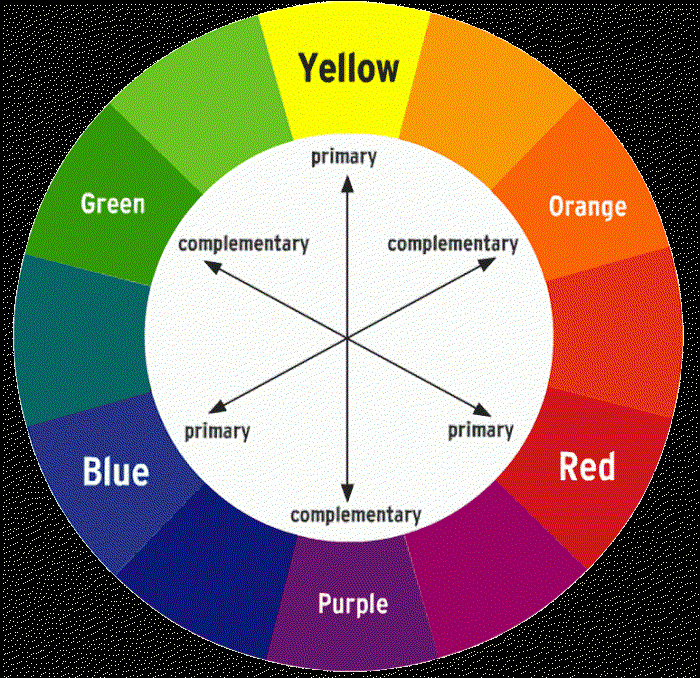There are a number of different HDR formats, including HDR10, HDR10+, Dolby Vision, and HLG. HDR10 is the most common format, and is supported by all HDR-TVs. Dolby Vision is a more advanced format that offers some additional features, such as scene-by-scene mastering. HDR10+ is a newer format that is similar to Dolby Vision, but is royalty-free. HLG is a broadcast HDR format that is used by some TV broadcasters.
Since 2014, multiple HDR formats have emerged including HDR10, HDR10+, Dolby Vision, and HLG. Some formats are royalty-free and others require a license. The formats vary in their capabilities.
HDR 10
The HDR10 Media Profile, more commonly known as HDR10, is an open HDR standard announced on 27 August 2015 by the Consumer Technology Association.[17] It is the most widespread of the HDR formats,[18] and is not backward compatible with SDR displays. It is technically limited to a maximum peak brightness of 10,000 nits; however, HDR10 content is commonly mastered with a peak brightness between 1000 and 4000 nits.[7]
HDR10 lacks dynamic metadata.[19] On HDR10 displays that have lower color volume than the HDR10 content (such as lower peak brightness capability), the HDR10 metadata provides information to help the display adjust to the video.[6] The metadata is static and constant with respect to each individual video, and does not inform the display exactly how the content should be adjusted. The interaction between display capabilities, video metadata, and the ultimate output (i.e. the presentation of the video) is mediated by the display, with the result that the original producer’s intent may not be preserved
Dolby Vision
Dolby Vision is an end-to-end ecosystem for HDR video, and covers content creation, distribution, and playback. It uses dynamic metadata and is capable of representing luminance levels of up to 10,000 nits.[6] Dolby Vision certification requires displays for content creators to have a peak luminance of at least 1,000 nits.
HDR10+
HDR10+, also known as HDR10 Plus, is an HDR video format announced on 20 April 2017. It is the same as HDR10 but with the addition of a system of dynamic metadata developed by Samsung. It is free to use for content creators and has a maximum $10,000 annual license for some manufacturers. It has been positioned as an alternative to Dolby Vision without the same expenses.
HLG
HLG format is an HDR format that can be used for video and still images. It uses the HLG transfer function, Rec. 2020 color primaries, and a bit depth of 10 bits. The format is backwards compatible with SDR UHDTV, but not with older SDR displays that do not implement the Rec. 2020 color standards. It does not use metadata and is royalty-free.
PQ10(PQ format)
PQ10, sometimes referred to as the PQ format, is an HDR format that can be used for video and still images. It is the same as the HDR10 format without any metadata. It uses the perceptual quantizer (PQ) transfer function, Rec. 2020 color primaries and a bit depth of 10-bits.
HDR Vivid
HDR Vivid is an HDR format developed by the China Ultra HD Video Alliance (CUVA) and released in March 2021. It uses dynamic metadata standardized in CUVA 005-2020.


